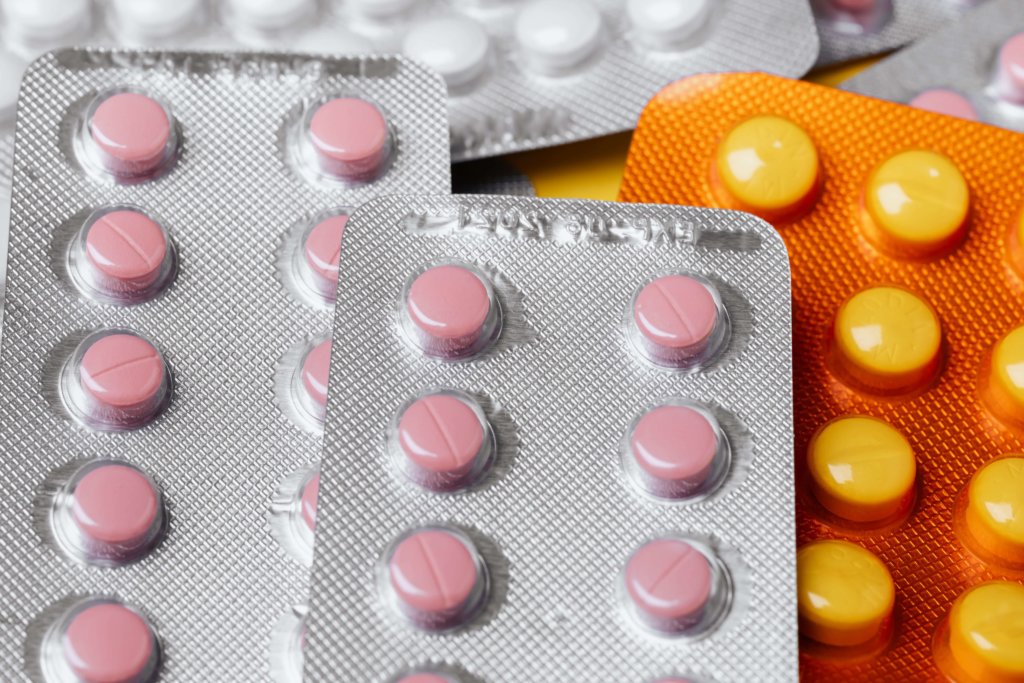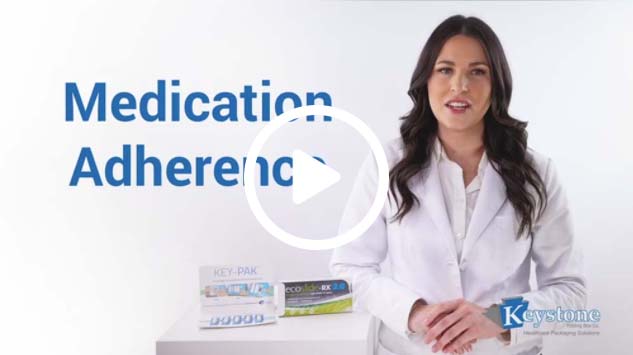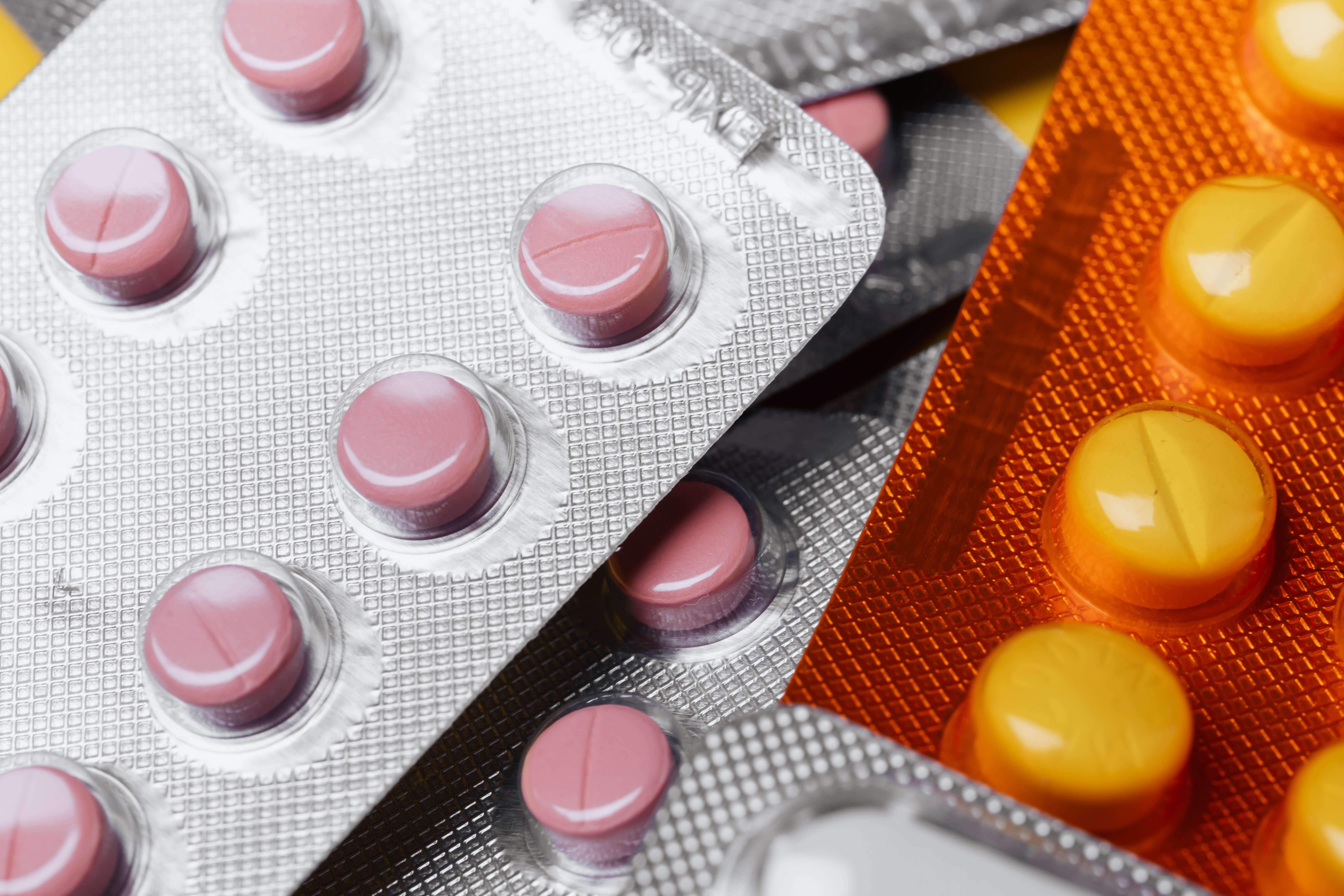
Compliance Packaging
While the U.S. consumer is familiar seeing medication in both bottles and blisters, bottles have become a dominate package format in the U.S. Alternatively, since the end of World War II the European standard for packaging medication has shifted towards the use of blister packs. In fact, 80% of medications dispensed in Europe are now in blisters. In evaluating blister vs. bottles, blisters offer multiple benefits to the manufacturer, pharmacy staff, and patients. Areas of benefit include: Child Safety, Product Quality, Medication Adherence & Patient Outcomes, and Environmental Responsibility.
Child Safety
In terms of safety, studies have consistently shown that blister packaging outperforms child-resistant (CR) bottles. On March 15, 2018, CBS News reported on a study citing “Blisters are 65% more effective in preventing child access to medication.” The report further states that kids can open child-resistant pill bottles in seconds, risking accidental poisoning. In a test the group set up at a Maryland daycare center, children ranging in ages 3 to 5 managed to pop open child-resistant pill bottles in mere seconds.
In 2015, child poisoning from access to medications was reported in 8,972 cases in the United States. The number of accidental poisonings is actually down since the last report in 2010 – thanks, in part, to a growing use of blister packages. When caps are inadvertently left partially closed or off the bottles the CR feature becomes irrelevant and leaves all pills exposed to a child. In contrast, blister packs can provide a significantly higher level of safety for children. Some blister solutions can provide a Child-Resistant safety lever of F=1, the highest child-resistance rating available.
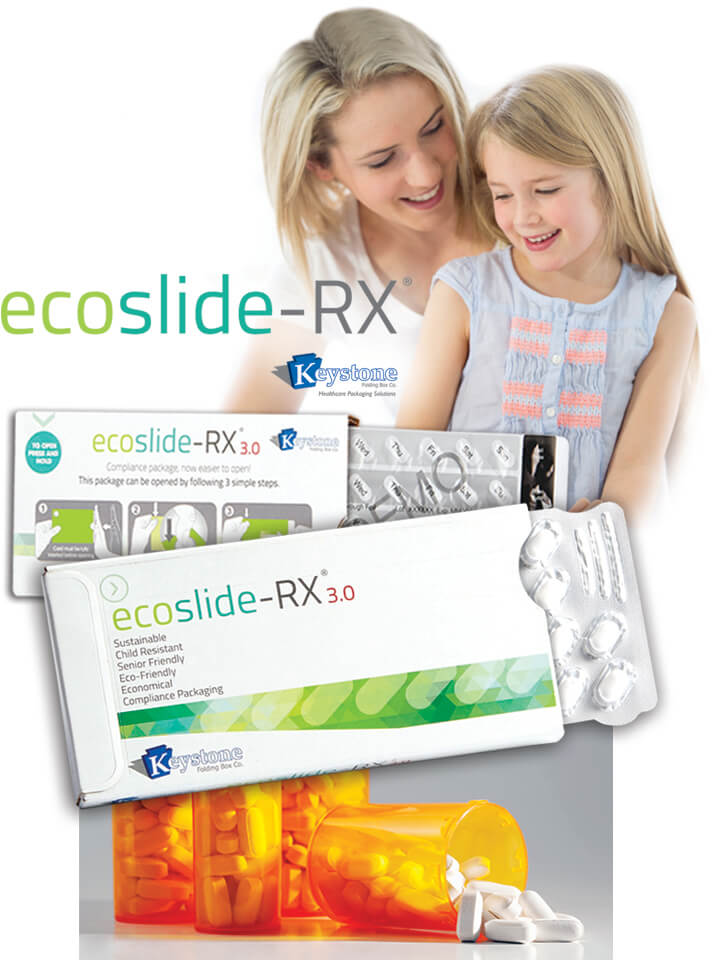
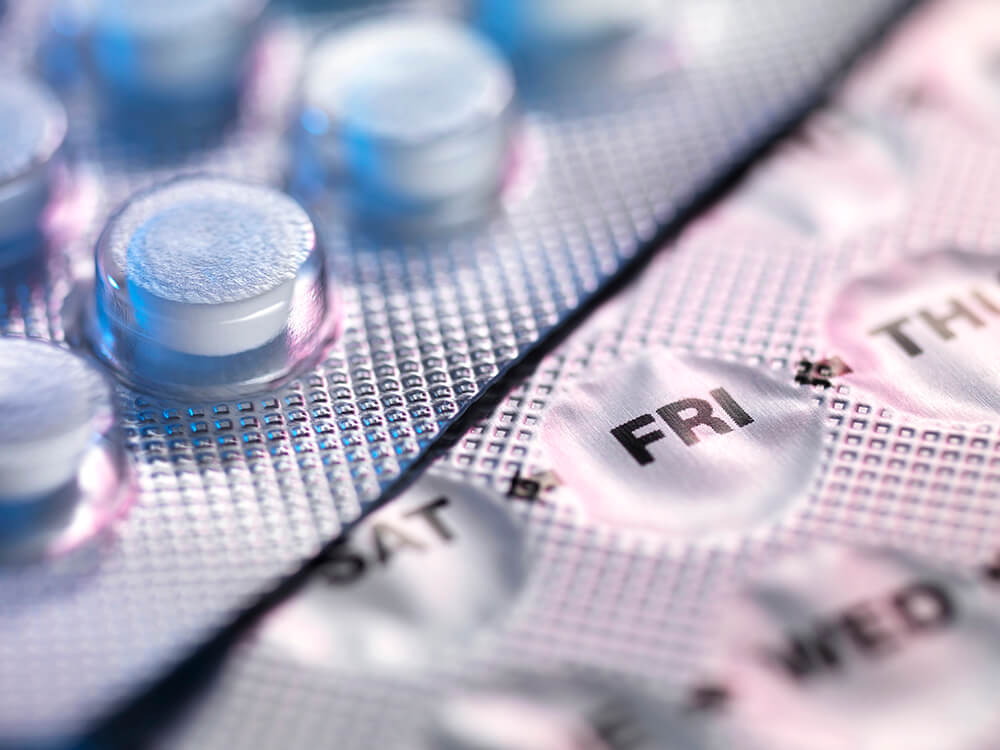
Compliance/Adherence
Published studies have shown a direct connection between calendarized blister packaging and improved patient compliance/adherence to dosing regimens. While medication adherence is a complex issue, calendarized blister packs directly counteract patient forgetfulness by providing a visual dose history for each day of the week.
Product Quality
Every medication package, both bottle and blister, must go through stability testing to ensure an adequate barrier of protection is intact. The goal is to protect the medication from moisture and/or oxygen either of which could have a negative impact on the product’s chemical assay and reduce the efficacy of the medication.
With a blister package, each individual pill cavity protects the dose inside until you remove a pill from the package. This ensures optimal quality of the product until a patient removes each dose.
Bottles can be deceiving in the area of product quality. When a manufacturer packages product in a 500-count bottle, for example, there is stability data that allows that product to have the necessary barrier protection until the initial opening of the bottle. Once the cap is removed to fill the first prescription and the induction seal is broken, the barrier is never the same. Each time the bottle is opened to fill yet another prescription, the ambient air and humidity of the room is introduced to the remaining product inside. Of course, product sent home with a patient that are packaged in a traditional amber vial also compound the problem of barrier protection.
The result of a 2015 study published by the Healthcare Compliance Packaging Council (HCPC) points to degradation risks associated with plastic bottles. The study supports the concerns about exposure to moisture and oxygen and the impact to medication even under normal usage conditions. The results also showcase how the composition of tablet packaging can determine the medication’s likelihood of degrading. Specifically, polypropylene vials, high-density polyethylene (HDPE) bottles and polyvinyl chloride (PVC) blisters, all of which are found in traditional retail and institutional pharmacy settings, may increase tablets’ risk for higher physical degradation when compared to high-barrier single-dose packages such as PVC/Aclar or PVC/polyvinylidene chloride (PVdC) blisters.
The study concludes that U.S. patients taking medications from non-barrier packaging may not get the intended clinical benefit of the drug due to potential product degradation from daily exposure to the home environment. The HCPC sees the next step as broadening the scope of research to include chemical assay tests on drugs exposed to these or similar study conditions, with a goal of determining potential efficacy impact.
Walt Berghahn, HCPC Executive Director, states the following: “Packages need to protect pharmaceutical products during their entire life cycle. As shown in this study, single-dose packages using high-barrier materials can accomplish that goal so long as the temperature profile is maintained. Once we move closer to protecting these products appropriately, we help ensure that patients receive effective products.” The full HCPC Prescription Packaging-In-Use Stability Study can be found at: www.hcpconline.org
Where do we go from here?
While many organizations may feel they are limited to the use of bottles due to their current infrastructure of bottling lines, there are many contract packaging organizations are well equipped to take on the task of packaging or repackaging medication in blister packaging. These contract packagers can allow for a rapid change in packaging format. Often, the only regulatory requirement is filing a CBE 30 form with the FDA allowing your package to be converted to blisters in a relatively short timeframe. Retailers can purchase the drug in bulk from manufacturers or wholesalers and have contract packagers manage the process of packaging into unit-of-use packages; in this case, the only requirement would be compliance with the state board of pharmacy guidelines.
With about 80% of U.S. pharmaceutical products today being delivered and dispensed in bottles, there is a huge opportunity to utilize more blisters and have a meaningful impact on: the environment, product quality, child safety and patient outcomes through improved adherence.
